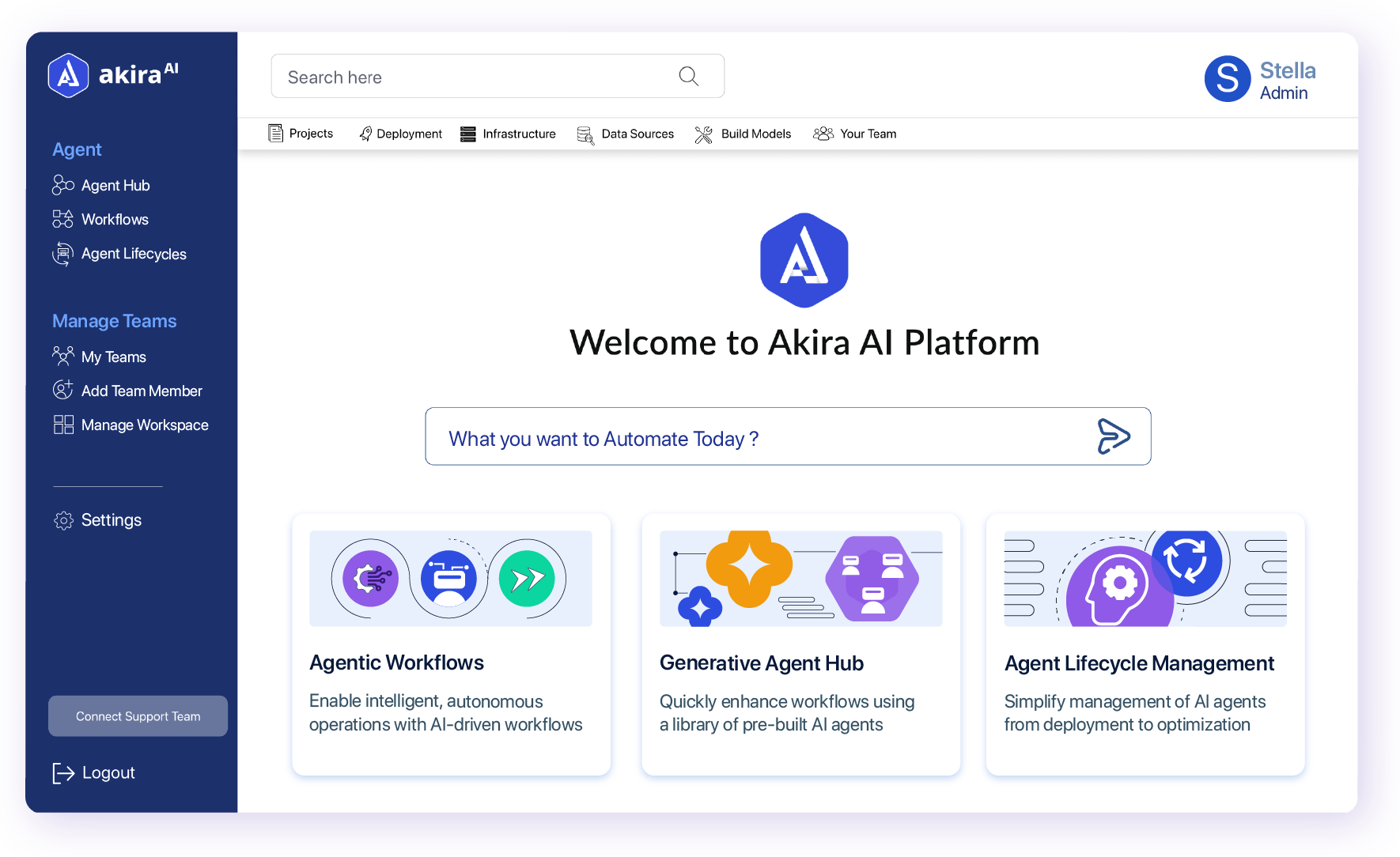Akira AI: Complete Buyer's Guide
Specialized multi-agent AI platform for packaging design automation
Akira AI positions itself as a specialized multi-agent AI platform targeting packaging design automation in the rapidly expanding AI packaging design market, which reached $2.7 billion in 2024 and projects growth to $6.47 billion by 2034[2]. The platform differentiates through agent-based architecture featuring specialized Design, Material Optimization, and Sustainability agents working collaboratively to optimize packaging workflows[39][54][69].
Market Position & Maturity
Market Standing
Akira AI enters a market demonstrating strong fundamentals, with 77% of companies reporting implementation intentions driven by sustainability mandates, e-commerce fulfillment demands, and consumer personalization requirements[16]. The food and beverage sector dominates adoption (35% market share), followed by healthcare/pharmaceuticals (28%)[6].
Company Maturity
Critical maturity indicators remain unverified. Our analysis reveals source verification challenges regarding the platform's current operational status, customer base, and commercial availability.
Longevity Assessment
Without verified operational status and customer references, Akira AI's long-term viability assessment requires additional due diligence. Potential buyers should request direct platform demonstrations, validated customer references, and confirmed development roadmaps before making procurement commitments.
AI Technology
Akira AI reportedly employs a sophisticated multi-agent architecture designed to address the complex requirements of modern packaging design workflows. The platform claims differentiation through specialized agents operating within a collaborative framework, including a Design Agent, a Sustainability Agent, and a Material Optimization Agent[39][54][69].
Architecture
The multi-agent approach positions Akira AI within the enterprise-tier complexity category, requiring cross-departmental coordination similar to advanced implementations like IBM's regression transformer systems[26][29][31][33].
Primary Competitors
Enterprise platforms like Adobe Express and Canva Magic Studio, specialized tools like Packify.ai, and emerging innovators enabling conceptual exploration[8][14][15].
Competitive Advantages
Comprehensive optimization across design, materials, and sustainability dimensions, addressing the challenge that 42% of food packaging projects require mid-cycle reformulation for regulatory compliance[29][34].
Market Positioning
Akira AI positions itself within the enterprise-tier complexity segment of the AI packaging design market, competing against established platforms through its claimed multi-agent architecture.
Win/Loss Scenarios
Akira AI may compete effectively for high-volume CPG operations requiring comprehensive compliance and sustainability optimization, while losing to simpler alternatives for organizations prioritizing rapid deployment and proven track records.
Key Features

Pros & Cons
Use Cases
Featured In Articles
Comprehensive analysis of AI Packaging Design Tools for AI Design for AI Design professionals. Expert evaluation of features, pricing, and implementation.
How We Researched This Guide
About This Guide: This comprehensive analysis is based on extensive competitive intelligence and real-world implementation data from leading AI vendors. StayModern updates this guide quarterly to reflect market developments and vendor performance changes.
132+ verified sources per analysis including official documentation, customer reviews, analyst reports, and industry publications.
- • Vendor documentation & whitepapers
- • Customer testimonials & case studies
- • Third-party analyst assessments
- • Industry benchmarking reports
Standardized assessment framework across 8 key dimensions for objective comparison.
- • Technology capabilities & architecture
- • Market position & customer evidence
- • Implementation experience & support
- • Pricing value & competitive position
Research is refreshed every 90 days to capture market changes and new vendor capabilities.
- • New product releases & features
- • Market positioning changes
- • Customer feedback integration
- • Competitive landscape shifts
Every claim is source-linked with direct citations to original materials for verification.
- • Clickable citation links
- • Original source attribution
- • Date stamps for currency
- • Quality score validation
Analysis follows systematic research protocols with consistent evaluation frameworks.
- • Standardized assessment criteria
- • Multi-source verification process
- • Consistent evaluation methodology
- • Quality assurance protocols
Buyer-focused analysis with transparent methodology and factual accuracy commitment.
- • Objective comparative analysis
- • Transparent research methodology
- • Factual accuracy commitment
- • Continuous quality improvement
Quality Commitment: If you find any inaccuracies in our analysis on this page, please contact us at research@staymodern.ai. We're committed to maintaining the highest standards of research integrity and will investigate and correct any issues promptly.